The Impact of Agricultural Research on USDA Conservation Programs
Gordon’s Policy Corner, August 2024
As we have discussed before, climate change and ecosystem degradation are some of the most potent challenges facing our food and agriculture systems. The United States Department of Agriculture’s Natural Resources Conservation Service (USDA-NRCS, NRCS) offers technical and financial assistance programs, like the Environmental Quality Incentives Program (EQIP), aimed at directly addressing those challenges. These programs help farmers adopt sustainable practices and systems, address resource concerns like water quality and soil health, and both mitigate and adapt to our changing climate. But, for these programs to be truly effective, they must be grounded in robust scientific research. Public investments in agricultural research, especially in systems approaches like organic agriculture, are essential to ensure these initiatives can achieve their full potential and are based on evidence that reflects climate-smart systems.
The Underfunding of Agricultural Research
 Agricultural research is an incredibly valuable investment. Studies have shown that every dollar invested in public agricultural research generates $20 in public benefits. That is why it is so troubling that public agricultural research budgets in the United States have fallen by nearly a third in the past two decades. This decline threatens the development of new technologies and practices that are crucial for sustainable agriculture. With reduced funding, researchers struggle to address emerging issues such as climate change, soil degradation, and water scarcity. As a result, farmers are left without the tools and knowledge they need to adapt and thrive in a changing environment.
Agricultural research is an incredibly valuable investment. Studies have shown that every dollar invested in public agricultural research generates $20 in public benefits. That is why it is so troubling that public agricultural research budgets in the United States have fallen by nearly a third in the past two decades. This decline threatens the development of new technologies and practices that are crucial for sustainable agriculture. With reduced funding, researchers struggle to address emerging issues such as climate change, soil degradation, and water scarcity. As a result, farmers are left without the tools and knowledge they need to adapt and thrive in a changing environment.
Adding to the challenge, the nature of agricultural research funding is changing. Increasingly, private sources are directing funding away from public welfare and toward profit-driven goals. This shift means that research priorities are often set by business interests rather than public or farmer needs. As a result, much of the funding goes towards innovations that enhance profitability for corporations like genetic development and new chemistries for pesticides rather than addressing critical issues such as sustainability and climate resilience.
The Importance of Organic Agriculture Research
Organic agriculture research is particularly important because it benefits all farmers, not just those who farm organically. Organic practices, such as conservation tillage, cover cropping, and ecological weed management enhance soil health, improve biodiversity, and reduce dependency on chemical inputs. These practices can be and oftentimes are adopted by conventional farmers as well, promoting sustainability across the agricultural sector. In contrast, research focused on chemical-based agriculture is not applicable to organic producers, as it relies on inputs that are prohibited under organic standards. This discrepancy highlights the need for more inclusive research that supports a broad range of farming systems and addresses the diverse needs of the farming community.
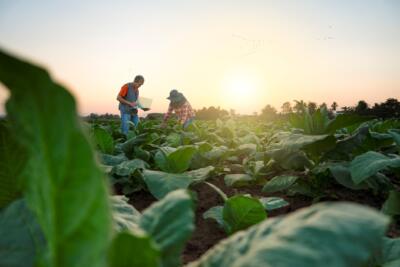 Despite the broad benefits of organic agriculture research, it receives disproportionately low funding. Currently, less than 2% of the USDA’s research budget is allocated to organic topics, and less than 1% of the Agricultural Research Service’s (ARS) budget is dedicated to organic research. This significant underfunding limits the potential for organic farming practices to be fully explored, developed, and disseminated and likely undermines the effectiveness of conservation and climate programs.
Despite the broad benefits of organic agriculture research, it receives disproportionately low funding. Currently, less than 2% of the USDA’s research budget is allocated to organic topics, and less than 1% of the Agricultural Research Service’s (ARS) budget is dedicated to organic research. This significant underfunding limits the potential for organic farming practices to be fully explored, developed, and disseminated and likely undermines the effectiveness of conservation and climate programs.
Investing in organic agricultural research is crucial for the success of conservation and climate programs in agriculture. These investments ensure that programs are grounded in reality, based on the latest scientific findings, and equipped to address the diverse needs of farmers. By increasing funding for agricultural research, particularly in organic agriculture, we can develop effective, inclusive, and innovative solutions that promote sustainability and resilience in the agricultural sector.
Recognizing this importance, OFRF has recently entered into a cooperative agreement with NRCS to ensure that their programs, standards, and staff understand organic’s conservation benefits. This critical work underscores the necessity of continued robust research investments to develop and promote effective agricultural practices.
How You Can Help
Public investments in agricultural research are not just beneficial; they are necessary. They provide the foundation for effective conservation and climate programming, ensuring that our efforts to combat climate change and promote sustainable agriculture are both practical and impactful. It is time to recognize the critical role of research and take action to secure the necessary funding to drive progress in the agricultural sector.
Together with the National Organic Coalition (NOC) and many other partners, we are asking Congress to give organic its fair share of investment in the Farm Bill. You can join us by asking your Member of Congress to support organic research in the Farm Bill.
Will you take action today? The button below makes it quick and easy!
Be well,
Gordon



 My mom fed me organic milk before “organic” was even a label. I grew up cooking and connecting with people through food. Later in my career, these interests led me to work in organic foods and organic policy. What a gift! Through my work, I learned about the care, hard work, and amazing knowledge that organic farmers bring to growing our food, as well as the challenges that make farming organically and bringing a farm’s goods to market difficult.
My mom fed me organic milk before “organic” was even a label. I grew up cooking and connecting with people through food. Later in my career, these interests led me to work in organic foods and organic policy. What a gift! Through my work, I learned about the care, hard work, and amazing knowledge that organic farmers bring to growing our food, as well as the challenges that make farming organically and bringing a farm’s goods to market difficult.  Estate planning can be easy to put off or avoid. However, we found that having conversations with our family about our wishes
Estate planning can be easy to put off or avoid. However, we found that having conversations with our family about our wishes 
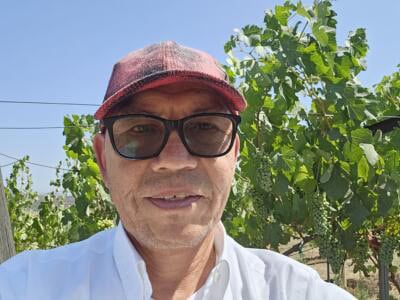
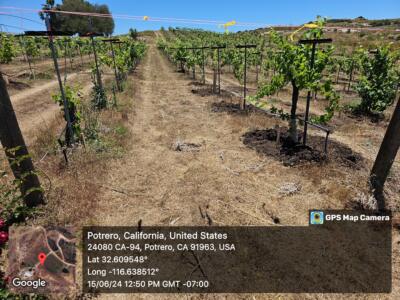 To compare the moisture levels of the two treatments, Jorge purchased a soil moisture sensor. To date, he has conducted two measurements, one in late June and one in mid-July. Based on those readings, Jorge already sees a clear winner: The soil around the mulched grapevines has consistently been showing good moisture levels, while the readings around the un-mulched plants show dry conditions. Jorge’s own observations confirm this: “The mulch is like a double win, the mulch holds the moisture for longer and it suppresses the weeds as well… There are also a lot of creatures and biological activity in the mulched areas, while just putting the soil probe into the un-mulched areas was a challenge, as the soil was hard,” Jorge said.
To compare the moisture levels of the two treatments, Jorge purchased a soil moisture sensor. To date, he has conducted two measurements, one in late June and one in mid-July. Based on those readings, Jorge already sees a clear winner: The soil around the mulched grapevines has consistently been showing good moisture levels, while the readings around the un-mulched plants show dry conditions. Jorge’s own observations confirm this: “The mulch is like a double win, the mulch holds the moisture for longer and it suppresses the weeds as well… There are also a lot of creatures and biological activity in the mulched areas, while just putting the soil probe into the un-mulched areas was a challenge, as the soil was hard,” Jorge said.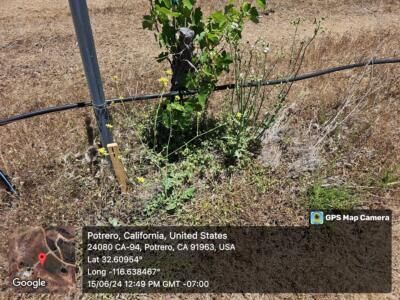
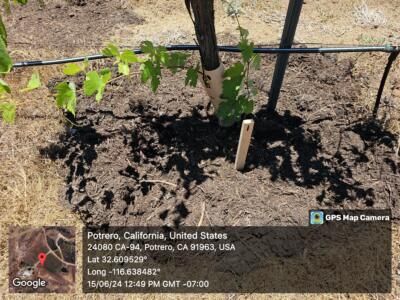
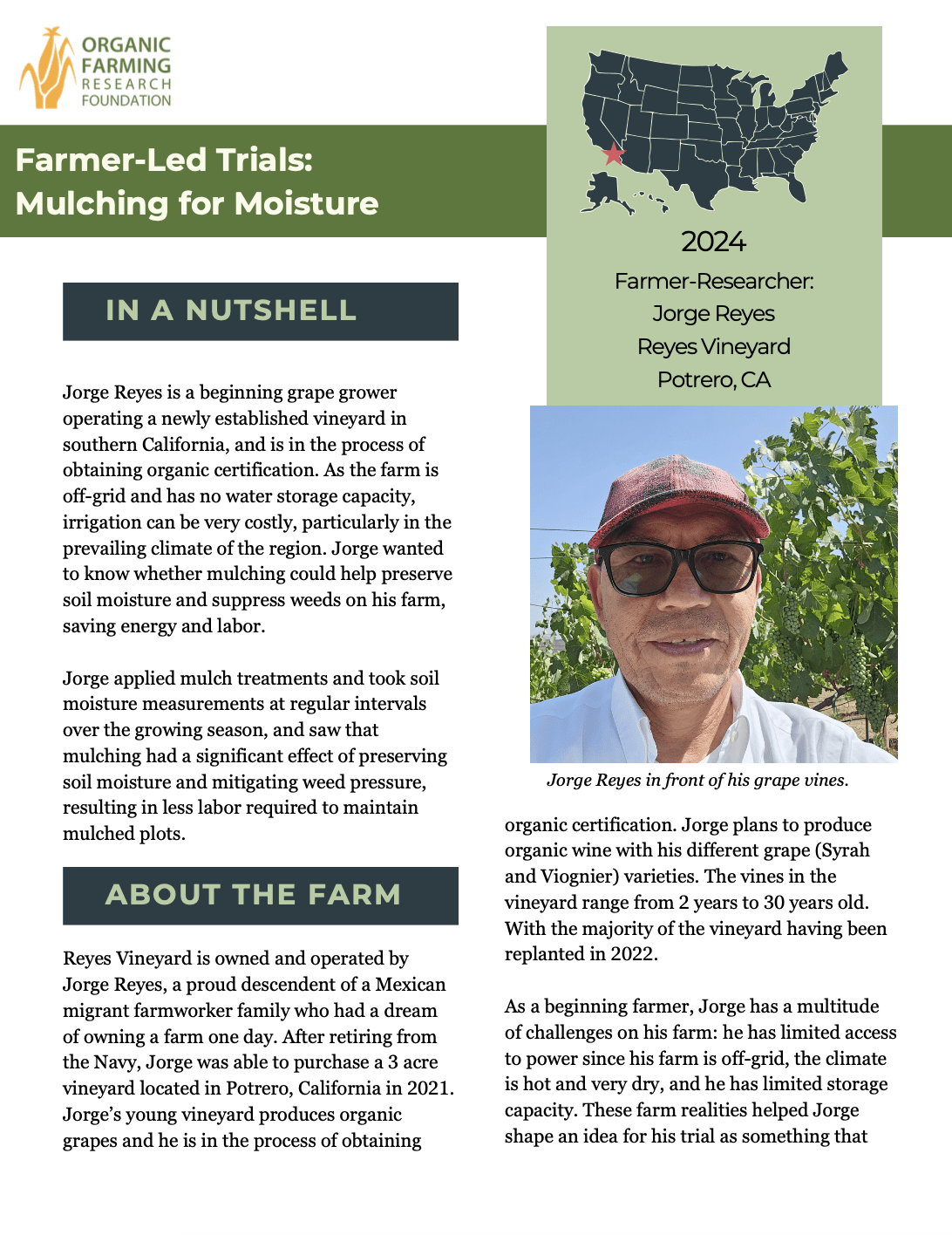
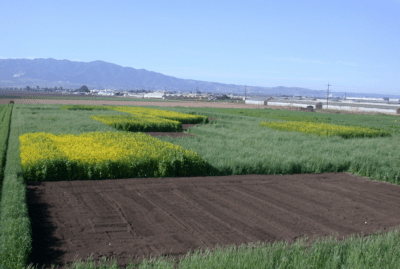

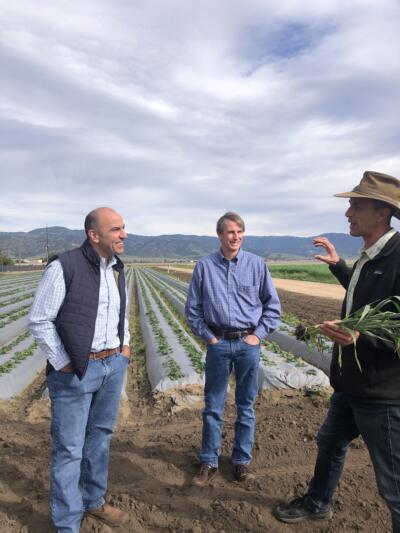





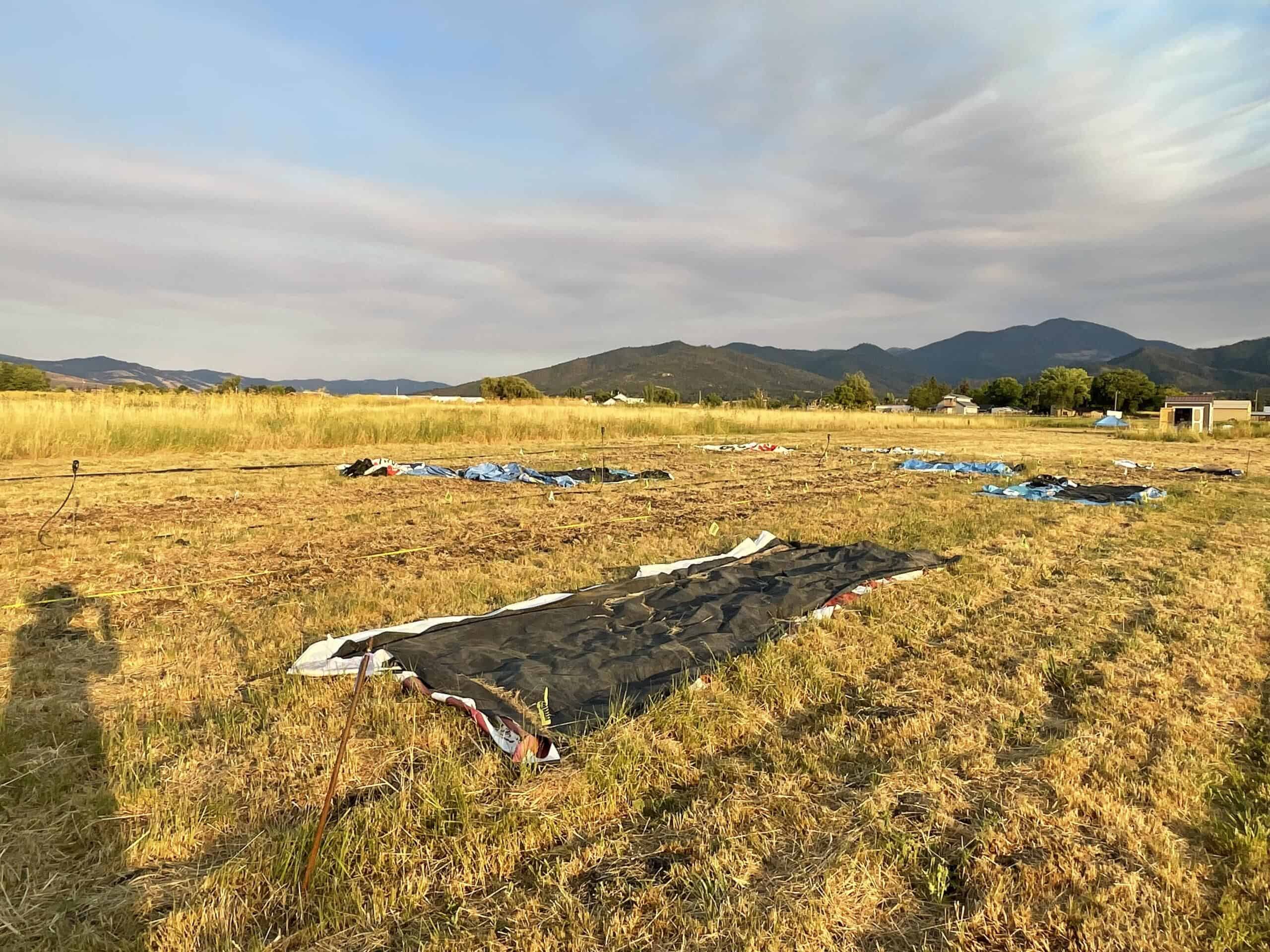
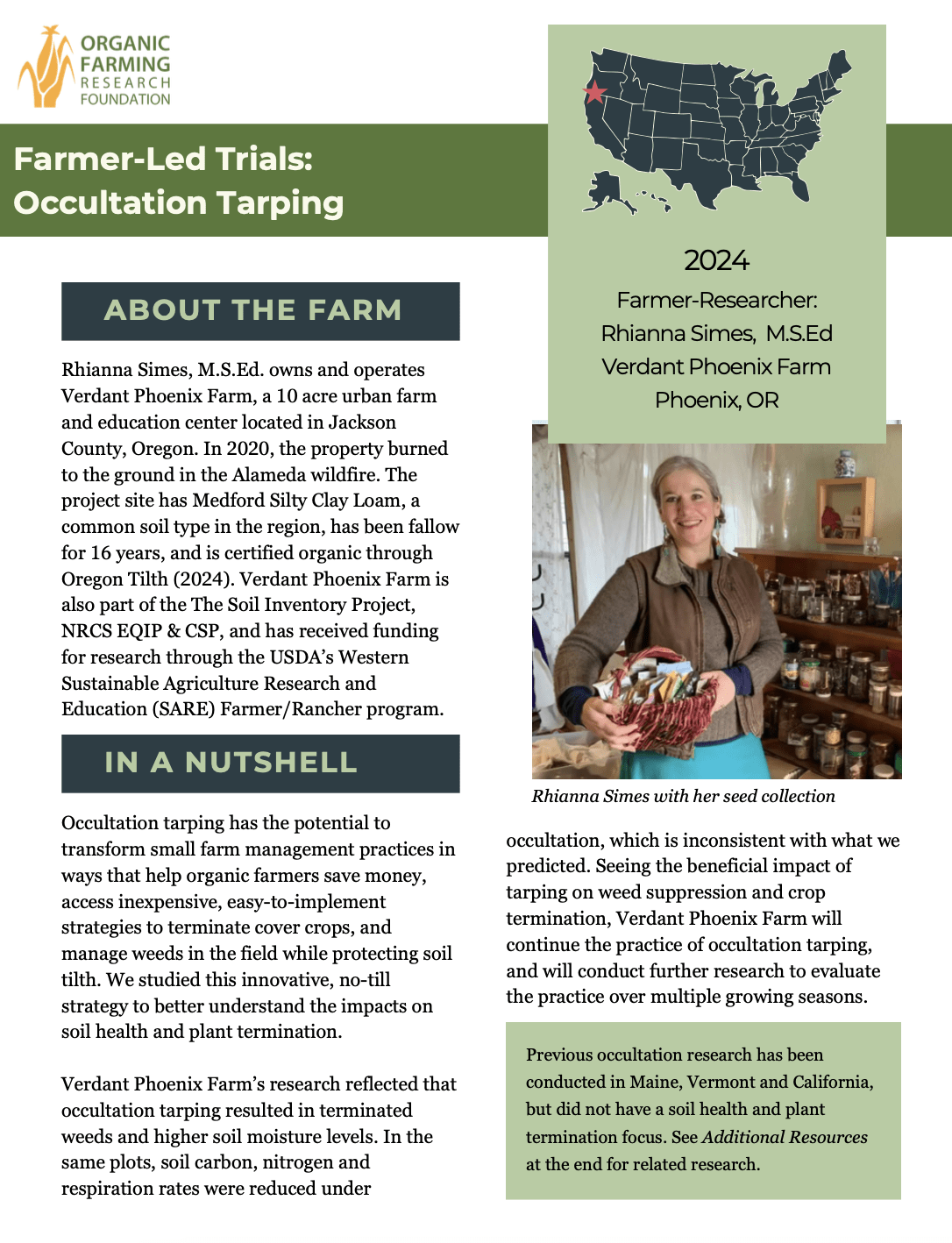
 I came into my internship at OFRF with one primary goal: to learn as much as I could about the organic farming sector in the United States. After working internationally and studying an international field in graduate school, I decided that I wanted to transition my work to be closer to home. I thought this role was the perfect opportunity to begin this transition. After completing two 10-week internship periods with OFRF’s Research & Education team, I feel more knowledgeable about organic farming in the U.S., and more confident in my professional self and abilities. This role has prepared me for my next step: working at Waltham Fields Community Farm in Waltham, Massachusetts, as their Community Outreach Farmer.
I came into my internship at OFRF with one primary goal: to learn as much as I could about the organic farming sector in the United States. After working internationally and studying an international field in graduate school, I decided that I wanted to transition my work to be closer to home. I thought this role was the perfect opportunity to begin this transition. After completing two 10-week internship periods with OFRF’s Research & Education team, I feel more knowledgeable about organic farming in the U.S., and more confident in my professional self and abilities. This role has prepared me for my next step: working at Waltham Fields Community Farm in Waltham, Massachusetts, as their Community Outreach Farmer.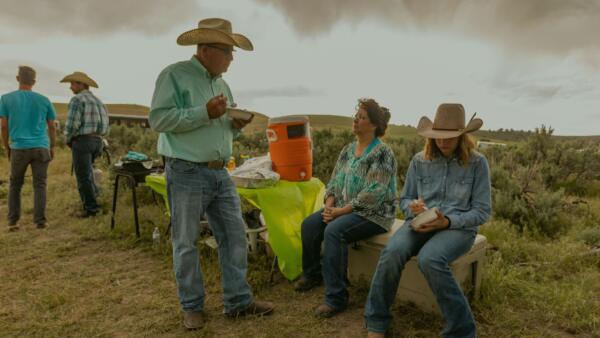 At OFRF, we are acting on that intention. We don’t just believe collaboration is the cornerstone of progress; we are actively building the foundation for it. By creating structured space and time for researchers and extension professionals within an ecoregion, we can enhance the impact of our own work and that of those researchers and extension officials. We are proud to be involved in the Transition to Organic Partnership Program for the Western and Southwestern States (TOPP-W/SW). Through this involvement, we have embarked on an initiative that brings these intentions to fruition.
At OFRF, we are acting on that intention. We don’t just believe collaboration is the cornerstone of progress; we are actively building the foundation for it. By creating structured space and time for researchers and extension professionals within an ecoregion, we can enhance the impact of our own work and that of those researchers and extension officials. We are proud to be involved in the Transition to Organic Partnership Program for the Western and Southwestern States (TOPP-W/SW). Through this involvement, we have embarked on an initiative that brings these intentions to fruition.

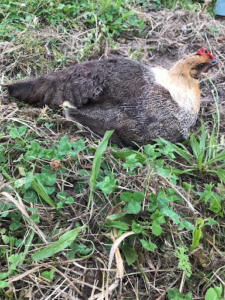 The average American family spends
The average American family spends